The content of the article
A dog-headed boa constrictor is a fairly large snake, mainly found in the humid tropics of South America. Most often, these reptiles are found in forests located in close proximity to swamps or rivers, which is explained by the arboreal lifestyle (they spend most of their time in the crown of large trees). Occasionally, boas of this species descend to the ground. The average life expectancy of a green tree boa in captivity is about 15-20 years.
View description
In length, representatives of this type of reptile such as dog-headed boas reach 220 cm. The main body color of this rather large and non-poisonous snake is bright green. The back of the reptile is decorated with a characteristic rhomboid pattern, consisting of thin white lines. The belly of the snake is yellow. This combination of colors allows the boa constrictor to remain almost invisible in the lush greenery of tropical forests. The head of a boa constrictor is rather large, the front teeth of the reptile reach 3.8 cm in length.
The main feature is the body structure of the boa constrictor, which clearly indicates that this species of reptile is most adapted to life in the forest. This is also confirmed by the rather large front teeth of the snake, which have a curved shape, which helps the boa to keep the extracted food on weight.
Thanks to the powerful tail part, by means of which the snake is fixed on the branches of a tree, it can swallow prey for quite a long time, wrapped in rings of its strong body.
Another common name for this type of reptile is the emerald constrictor, due to the original color of the body - a delicate and at the same time saturated green color. In young individuals, the color varies from red to brownish.
Only the born emerald boas reach a length of 500 mm, while the weight of newborn individuals does not exceed 50 grams. Young reptiles receive the main green body color when they reach 4 months of age.
Lifestyle
While hunting, the boa hangs from the branches of trees, carefully looking for its prey. Seeing the latter, he quickly and deftly picks up the latter from the surface of the earth. I would like to note that the main tools of the reptile during the hunt, which is successfully used, are the magnificent sight of the reptile and thermoreceptors located in the upper lip.
As a rule, dog-headed boas hunt one by one. If there are other representatives of the species nearby, then the behavior of this large snake becomes quite aggressive.
The main diet of a boa constrictor is predators, leading for the most part nocturnal life (some species of marsupials, lizards, rodents).
Content Features
The emerald constrictor is a reptile very interesting to observe, which, in fact, makes this species of snakes attractive for keeping at home. Note that the content of representatives of this species of boas is not simple, since they need special conditions for care and maintenance. Apart from this, dog-headed boas differ in other related species and in quite aggressive behavior. Nevertheless, with proper handling of this snake, it can become a real decoration of any home terrarium - an original and exotic highlight.
First of all, it should be borne in mind that in the terrarium for the content of such a pet there must be a sufficient number of wooden elements (branches, knots), since this type of boa constrictors leads mainly a woody lifestyle. In addition, the reptile's dwelling should be large enough for the snake to feel as comfortable as possible. As a rule, adult individuals of snake boa contain in terrariums, the volumes of which are not less than 25-30 liters.
It is also important to ensure the humidity levels necessary for the life of a boa constrictor, as well as the mandatory ventilation of the terrarium. A rather large amount of living vegetation contributes to the increase in humidity, which makes the living conditions of the reptile as close to natural as possible. For these purposes, ordinary ivy and a plant such as dracaena are perfect. Also, one of the prerequisites is daily humidification of the air, for this you can install a special automatic sprayer for terrariums. The optimum air temperature is not more than 30 and not less than 22 degrees.
Feeding Features
Although in their natural habitats wood boas and eat a variety of foods, however, if you decide to contain such a reptile at home, then the best solution would be feeding the snake exclusively to rodents. Often reptiles show some stubbornness, refusing the offered food, in this case the latter is processed using special sprayers with the smell of a quail or a gecko.
The amount of food offered to a pet at a time should not exceed its size the largest part of the reptile's body.

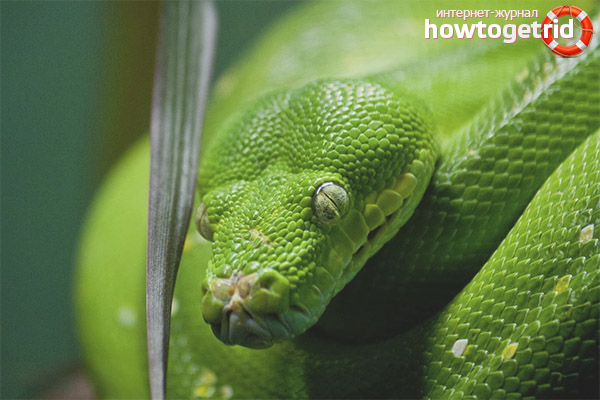

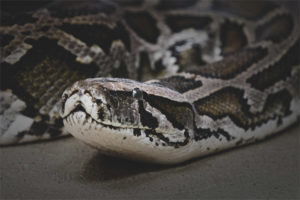
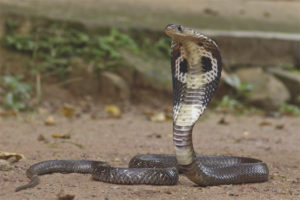

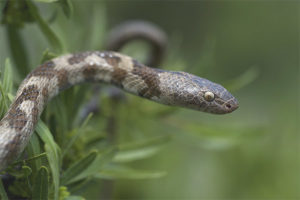
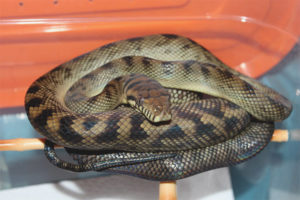
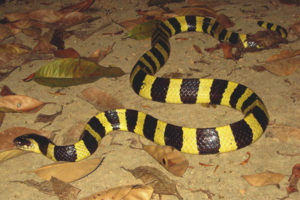
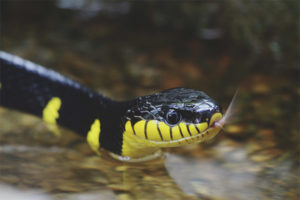
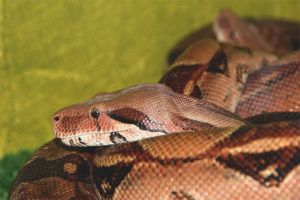
Submit